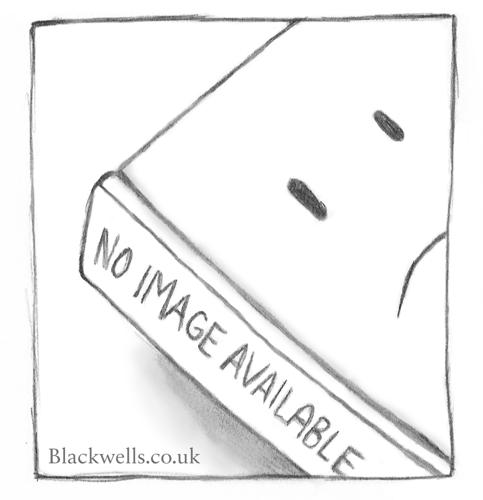Publisher's Synopsis
This historic book may have numerous typos and missing text. Purchasers can download a free scanned copy of the original book (without typos) from the publisher. Not indexed. Not illustrated.1883 Excerpt: ... NOTE ON SYRACUSE (XXIV. 21). Syracuse consisted of four quarters, each in itself a city. They were known as the Island (whence Nasus (vya.os), in xxv. 29), Tycha, Achradina, and Neapolis. The best and fullest description of Syracuse, as it was in the first century B.C., still a great and magnificent city, though with its old glories greatly diminished, is given us by Cicero, in his speeches against Verres (iv. 52, S3). It is as follows: --"Syracuse, you have often heard, is the largest and finest of "Greek cities. So indeed it is. It stands in a particularly strong "position, and, whether you approach it by sea or land, it is "singularly beautiful to behold. It has two harbours, almost "surrounded by the buildings of the city, and thus forming "with it one object to the eye of the spectator. They have "separate entrances, but they join and meet at the point "furthest from the open sea. At this point is the part of the "town called the Island, divided from the mainland by a "narrow strait, but connected with it by a bridge. So large "rs the city that it may be said to consist of four cities. One "of these is the Island, already mentioned, which is surrounded "by the two harbours, and juts out towards the mouth of each "of them. Here is what was once the palace of King Hiero, "and is now the residence of our praetors. Here also are "several temples, two of which are conspicuously magnificent--"one a temple of Diana, the other of Minerva, which was very "richly adorned before the coming of Verres. At the extremity "of this same Island is a fresh water fountain, named Arethusa, "of extraordinary size, and full of fish; the waves of the sea "would completely overflow it, were it not protected from them "by a stone barrier. The second city at Syracuse is called "A...
























